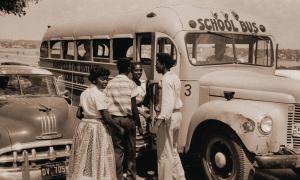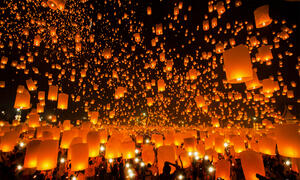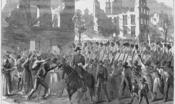teaching strategy
Exploring Texts Through Read Alouds
Who's Telling It?
Students explore the same Perspectives central text from various viewpoints and identify author, speaker point-of-view, publication date, intended audience and characters.
July 13, 2014




